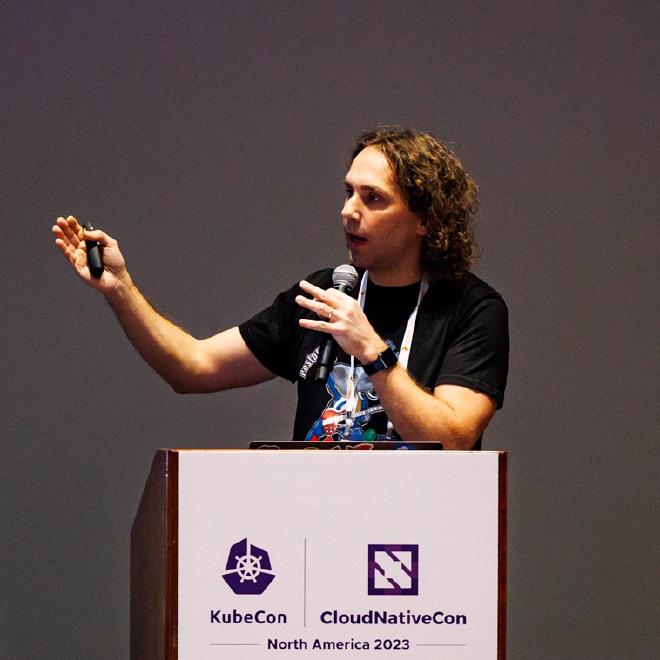
Gabriele Bartolini
VP, Chief Architect of Kubernetes at EDB | PostgreSQL contributor | DoK Ambassador | CloudNativePG Maintainer
Navigating the uncharted waters of PostgreSQL within Kubernetes using open-source technologies, I bring a wealth of expertise to the table as a KubeCon speaker, Data on Kubernetes Community Ambassador, maintainer of the CloudNativePG Operator, and author of Postgres books. My passions are DevOps, High Availability, Disaster Recovery, Very Large Databases (VLDB) and data warehousing with PostgreSQL. I’m VP, Chief Architect of Kubernetes at EDB. Opinions are my own.




